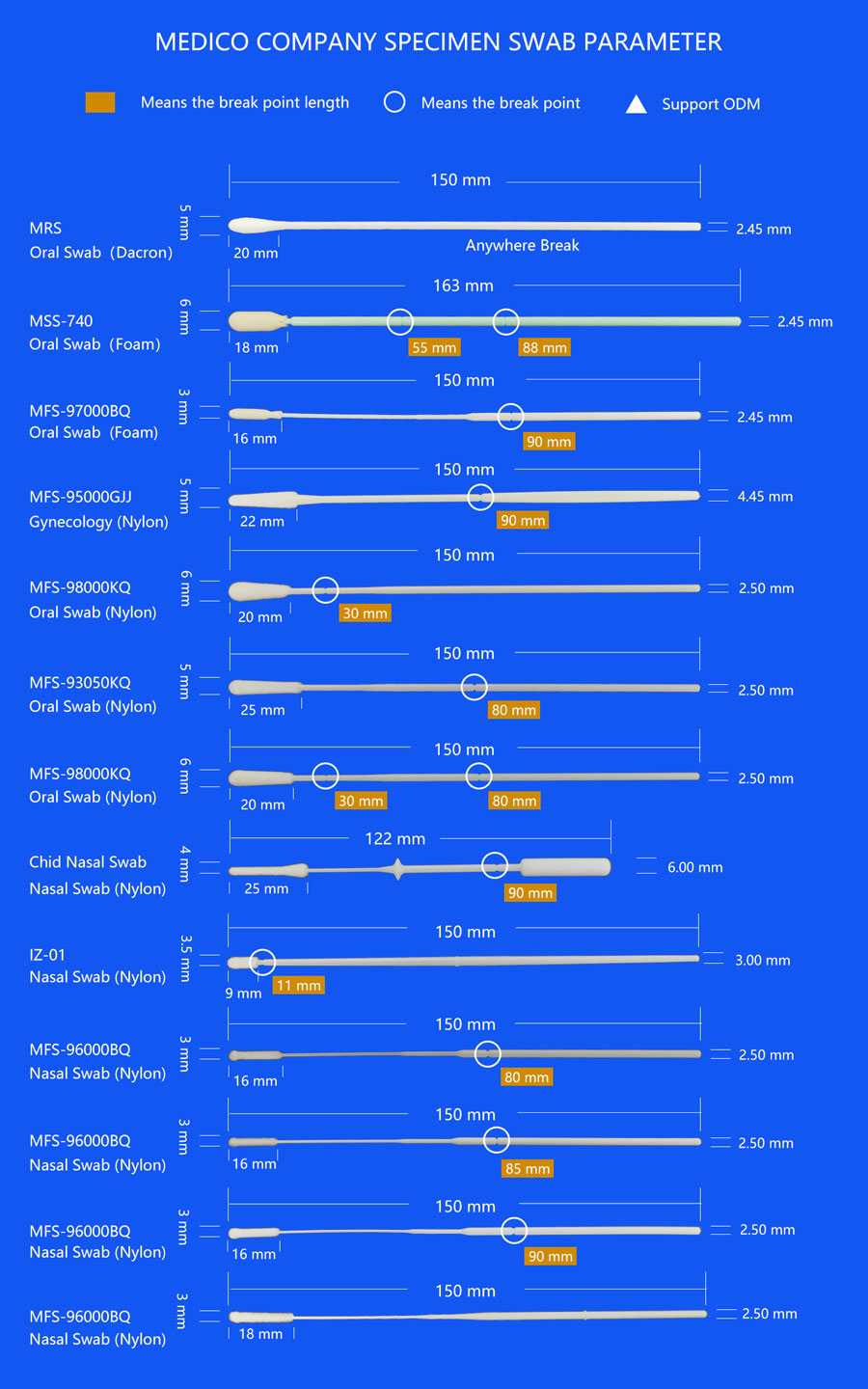Sterile swabs are free from bacteria or other living microorganisms. Common methods for sterilization include autoclaves, ETO (ethylene oxide gas), and Gamma irradiation.
Sterile swab tips may vary in material, size, and shape, such as rounded or pointed. The swabs may be made of cotton fibers, polyester, or calcium alginate. Some companies manufacture the swab tips in different styles, including the flocking technique that uses blown fibers and an electrostatic environment. Typically, sterile swab manufacturers wind the fibers around the tip of the stem. Wood, plastic, or metal are standard materials for the stem.
Some users, who need sterile collection products, collect samples from living beings, such as people, animals, or even plants. Other users collect samples from inert surfaces, including crime scenes, furnishings like food processing tables, and other areas. Many times the type of specimen required directs the type of sterile swab the user selects. For example, some Centers for Disease Control and Prevention (CDC) documents recommend using non-cotton swabs for checking for anthrax.

Find it on: https://www.medicoswab.com/products/specimen-collection-swab/

















